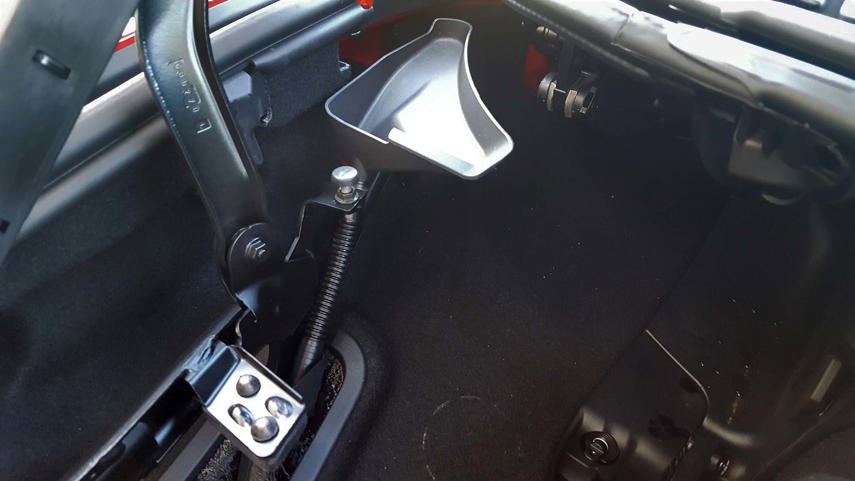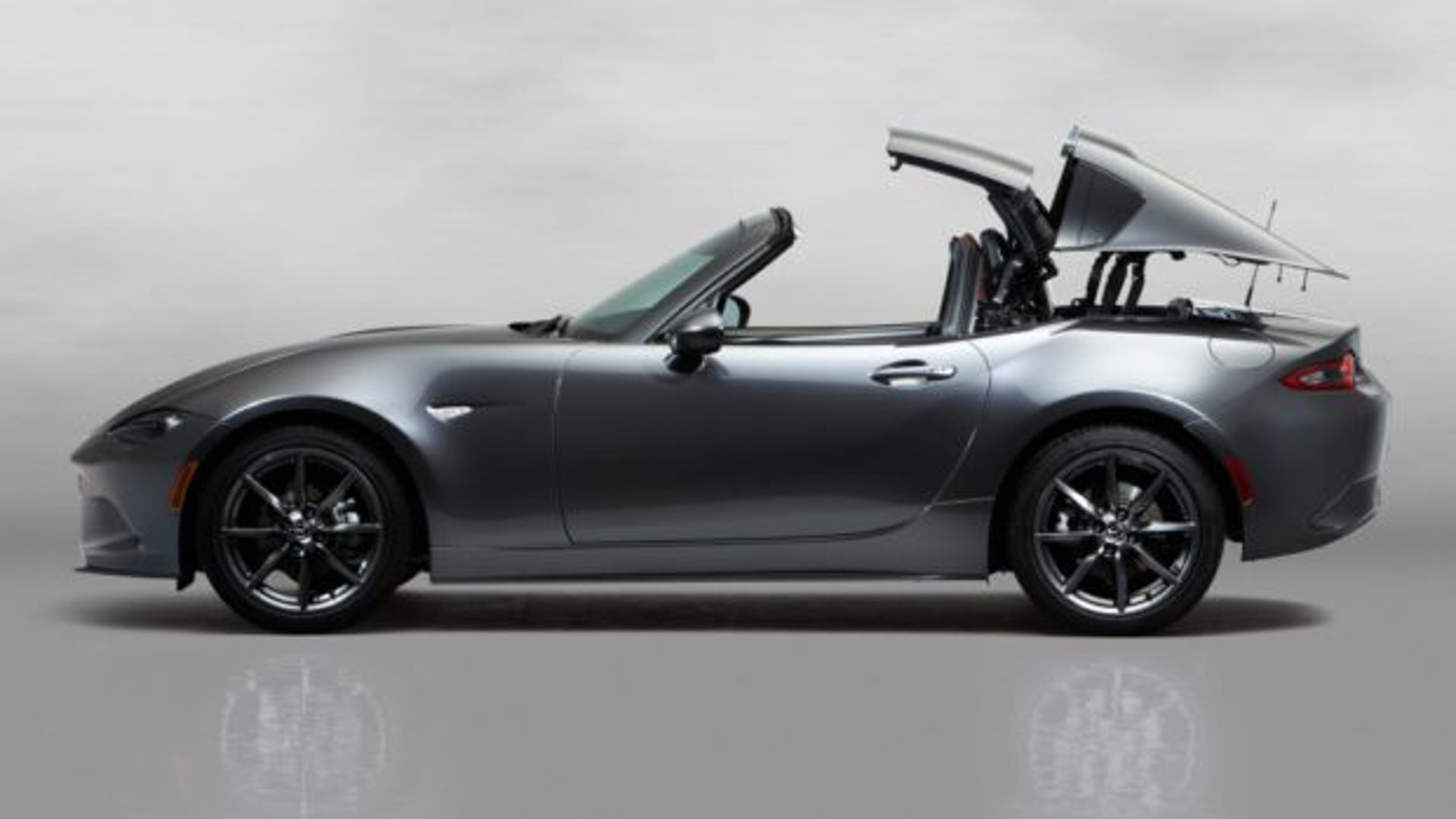Have you ever seen someone that looked sad while driving a convertible? Me neither. After all, few things are more awesome or pleasing to drive than a convertible when the weather turns warm – that is, unless your convertible is suffering from the dreaded convertible top leak.
Unwanted dribbles are the worst – and in many a convertible, they’re somewhat common as the vehicle ages. Water can enter the cabin, the trunk, the footwell, and a number of other areas.
Water is good stuff – but you don’t want it inside of your convertible – so let’s take a look at a few tips to help fix and prevent convertible leaks. Use these tips on your brand-new convertible as it ages, and be sure to carry them out if you’ve recently bought a second-hand drop-top as well. Most of the items below should be considered part of an annual or semi-annual convertible roof maintenance program.
Clear the Drains
Your modern convertible has a network of special little drain holes and flaps and troughs that collect and channel rainwater to special tubes, which allow it to flow through the body of the vehicle, away from the cabin, and onto the ground below.

Keeping this secret highway of tubes and collectors clear and flowing freely is vital to keeping water from overflowing the system, and winding up inside of your drop-top. So, open your convertible roof partway, so all of the rubber seals and components of its built-in drainage system are exposed. Pour a little water around, and see where it flows, and drains. You’ll discover little holes throughout the process. Once you find them, gently fish a piece of weed whacker wire through these holes to clear any debris away, or gently blast some compressed air into each one, if you’ve got an air compressor (or a can of compressed air).
Further, remove any larger debris you see elsewhere, like leaves, dirt and insects. Keep your convertible’s body drainage network clear, and it’ll repay you with a dry ride, every time. Many convertible owners carry this task out as part of springtime maintenance.
Lube the Seals

A complex network of rubber seals is used between your convertible’s body panels, roof panels, doors and windows, to help block water from getting inside. Like humans, rubber seals can get crusty and dribbly as they age, and over time, the seals can dry out, crack, break apart, and suffer damage. Check your owner’s manual: it specifies a certain rubber weather-seal lubricant, as well as a timeline for application. Acquire the lubricant at your dealer, and apply it how and when directed. The lubricant will condition the seals and prolong their life fending off damage and cracking. Further, when seals are lubricated properly they slide easily over one another when in contact rather than pulling on, ripping, or dislodging one another. Don’t remember when you last treated your seals? They’re probably thirsty for some lube.
Panel Adjustment

Over time your convertible will be subjected to lots of bumps, shaking, vibrations, and other forms of shock as it’s driven around. This can cause roof panels and other parts of the convertible to shift ever so slightly, increasing the possibility that water may enter the cabin. Even a slight shift in a panel, possibly so small that it’s not visible to the naked eye, may prevent a rubber seal from doing its job or open a small slit where water can enter. If you have a niggling roof leak that isn’t responding to our first two tips, consider having your local dealer check and realign your convertible roof and associated components, which can help resolve the issue.

